The OPPO F7 Youth possesses a notch-less display, the same power, and the same design as its more expensive siblings. It may look similar, but few features were traded off for a more affordable SRP. Does a lesser price bring more compromise? Here’s our full review before the device hits stores this month.
Table of Contents
Design and Construction
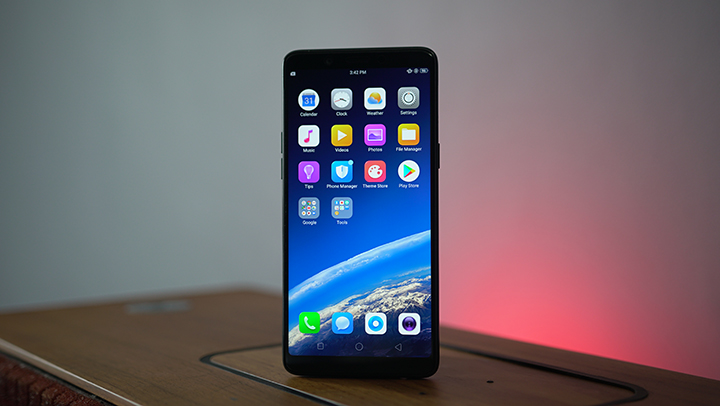
The F7 Youth looks and feels like an F7 or India’s Realme 1 with an eye-catching acrylic covered back and slim bezels, it even has the same layout of buttons and slots. The appearance is so similar that my friends mistakenly thought that I bought a new OPPO F7 at first. The only noticeable difference of the F7 Youth is the lack of a display notch at the front and the fingerprint scanner at the back. The keys provide a silent, mushy feeling when pressed but nonetheless responsive even in light pressure.

The LED notification is still nowhere to be found, and it’s quite a smudge magnet that requires wipes every now and then. Nonetheless, the device still brings the trademark solid feel, good grip, and decent heft we’ve liked with its bigger sibling.
Display and Multimedia
Since the device is devoid of a notch, the display is slightly reduced to a six-inch IPS screen with a tall 18:9 ratio. Colors are really good, viewing angles are great, and it has decent contrast. One thing we noticed is that it often gets swallowed by solar glares under high noon as the device’s highest brightness isn’t enough for the phone’s contents to pop out. The lowest setting, on the other hand, is good for bedtime reading when coupled with the built-in blue light filter.

As it now bears a standard rounded rectangular shape, watching multimedia content or playing games in landscape mode is a lot better thanks to the slim bezels that provide better grip. The loudspeaker is pretty standard for a mid-range phone with surprisingly weaker bass than other phones. This one’s best enjoyed with a wired or wireless audio device for a better listening experience.
Camera

OPPO has equipped cameras of lesser resolution in the F7 Youth, but they’re still as powerful as the beefier F7s with AI recognition, HDR, Super Vivid mode, Portrait mode, Panorama, Time Lapse, and AR stickers. As fun as picking AR stickers to suit your selfies, The F7 Youth’s photos were of good colors, decent exposure, sharpness, and contrast. The Super Vivid Mode enhances color saturation more, but not to a point that the photos suffer from too much hue. Likewise, the front camera offers photos that are suitable for social media uploads. Here are some sample shots:
Videos are recorded up to 1080p at 30fps and offer a similar experience when taking photos. There’s no image stabilization so expect wobbly clips if you have shaky hands. Here’s a sample:
OS, UI, and Apps

Coming from a previous device from the brand myself, OPPO’s new version of the multi-home screen ColorOS is quite intuitive than its predecessor — the quick toggles are back up the notification bar, the new features are quite a joy to use, and the enhancements are noticeable. For starters, the phone is navigated with the standard Android buttons, but you can replace it with gesture-based navigation with a few quick taps in the settings menu. You are asked to choose between four different gesture layouts and can change it at any time according to preference. In replacement, three thin bar segments are placed at the bottom as a guide, which can also be removed if you’re used to it already.

The phone’s toggles are now placed up on top once you access the notifications bar, unlike its previous iteration where it followed Vivo and placed it below with a different gesture to open. Swipe your screen to the left, and you’ll see a new Smart Assistant feature that highlights some of the features you might need for daily activities including quick functions, weather, and favorite contacts. A clone feature duplicates some Android apps, enabling you to use two messaging accounts at the same time.

In total, you’d get 47.4GB of free space after counting all pre-installed apps including WPS Office, Facebook, and Google’s own suite of apps.
Performance and Benchmarks
The F7 Youth is no different than the original F7 in terms of performance as it sports the same 2GHz Mediatek Helio P60 chip and 4GB of RAM. This is evident based on day to day activities such as multitasking and gaming. When we ran our benchmarks, the results do not differ much from the F7, which makes it a good device suitable for gaming. Heating is inevitable but it’s very minimal and only happens at the top-middle back part of the phone. Here are the benchmarks we took:

| OPPO F7 Youth | OPPO F7 | |
|---|---|---|
| AnTuTu v7 | 140,120 | 138,758 |
| Geekbench 4.2 | 1,515 (Single-Core) 5,789 (Multi-Core) | 1,522 (Single-Core) 5,841 (Multi-Core) |
| 3DMark SSE - OpenGL 3.1 | 1,081 | 1,086 |
| PCMark Work 1.0 | 10,743 | 11,054 |
Connectivity, Call Quality, and Battery Life

Connectivity with the phone has been really smooth. Calls made with the device are decent as the call speaker provides decent audio that can be heard in noisy environments, and the microphone presents our voices clear as tested with a real call and the built-in recorder. WiFi and Bluetooth work well, and GPS is capable of locating your approximate location easily. There’s also a gyroscope for good AR content viewing or Pokemon Go playing.

The F7 Youth’s battery life isn’t a downer as the device lasted almost 20 hours of use in a single charge including calls, SMS, gameplay and social media. Standby time without any internet connection has been seen to last for up to one and a half day on a single charge. True enough, it lasted 11 hours and 15 minutes via PCMark’s Battery test, which also attests to the battery efficiency of the device. Recharging is fast as we’ve filled up the device from 20% to 100% in around an hour with a 2A charger.
Conclusion
OPPO made the right decision to bring in the F7 Youth as a more affordable alternative to The F7, offering the same design and performance with a much less price at Php13,990. Despite inconveniences such as the absence of a fingerprint scanner and the LED notification light, the face unlock feature solves these concerns by waking the display to see the notifications as you raise the device and unlock the phone as it recognizes your face.

One major thing we disliked is the notch-less display offering less brightness than the usual, which makes it hard to read in outdoor environments. Despite that, the F7 Youth is still a smartphone worthy of your purchase this season.
OPPO F7 Youth specs:
| Specification | Oppo F7 Youth |
|---|---|
| Display | 6.0-inch FullHD+ LTPS IPS 18:9 2160 x 1080 |
| CPU | MediaTek Helio P60 2.0GHz Octa-Core (Cortex A73+A53) Dual APU (Artificial Processing Unit) |
| GPU | ARM Mali G72 MP3 |
| RAM | 4GB RAM |
| ROM | 64GB ROM, Expandable up to 256GB (dedicated) |
| Battery | 3410mAh |
| Dimension | TBA |
| Weight | TBA |
| Rear Camera | 13MP Rear Camera with LED Flash with AI |
| Front Camera | 8MP Front Camera with AI Beauty Technology |
| OS | Color OS 5.0 (Android 8.1 Oreo) |
| SIM Slot | Dual Nano SIM card |
| Connectivity | 4G LTE |
| Wi-Fi | 2.4G / 5G dual-band WIFI, IEEE 802.11 a/b/g/n |
| Bluetooth | Bluetooth 4.2 |
| Interface | Micro USB |
| Audio | 3.5mm Jack |
| Feature | OTG Support Facial Unlock |
What we liked about it:
- good design
- a notch-less full-screen display
- accurate face unlock feature
- same F7 performance at a lesser price
What we didn’t like:
- Not enough screen brightness for outdoor use
- No fingerprint scanner
- The absence of an LED notification light

























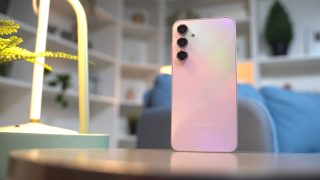
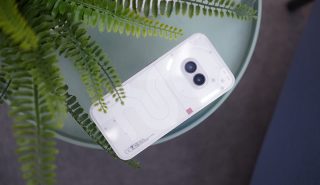















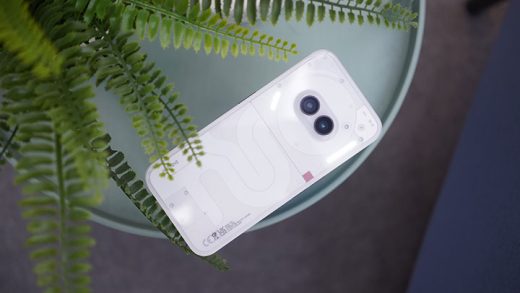
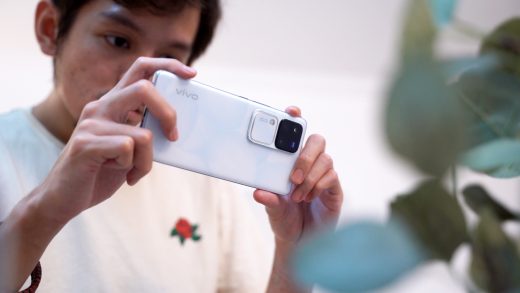
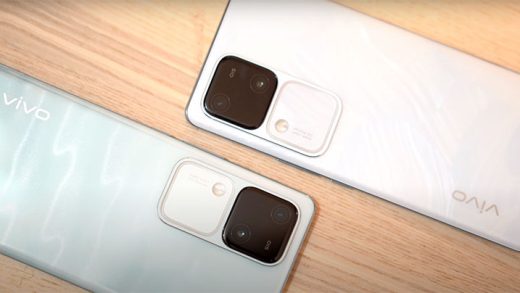
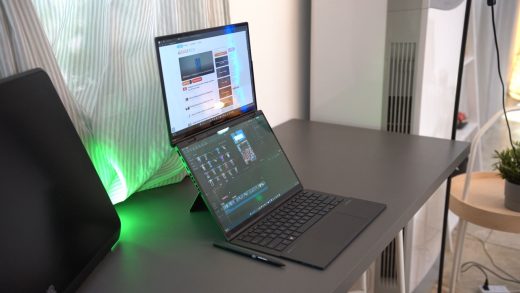




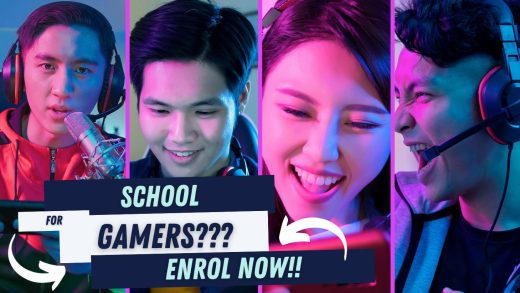
Nice phone
Madali po ba yan masira ang Oppo F7 Youth?